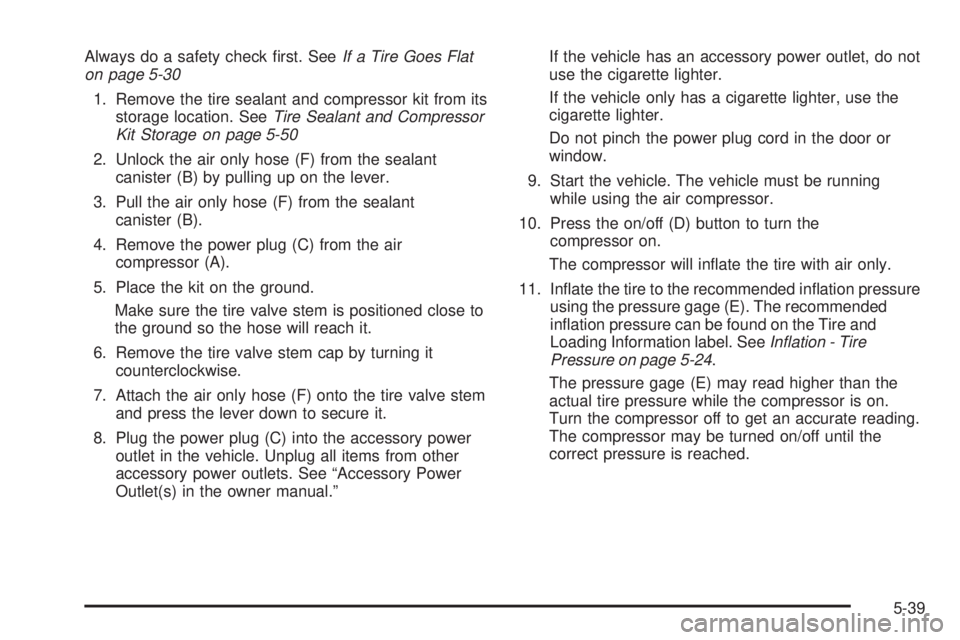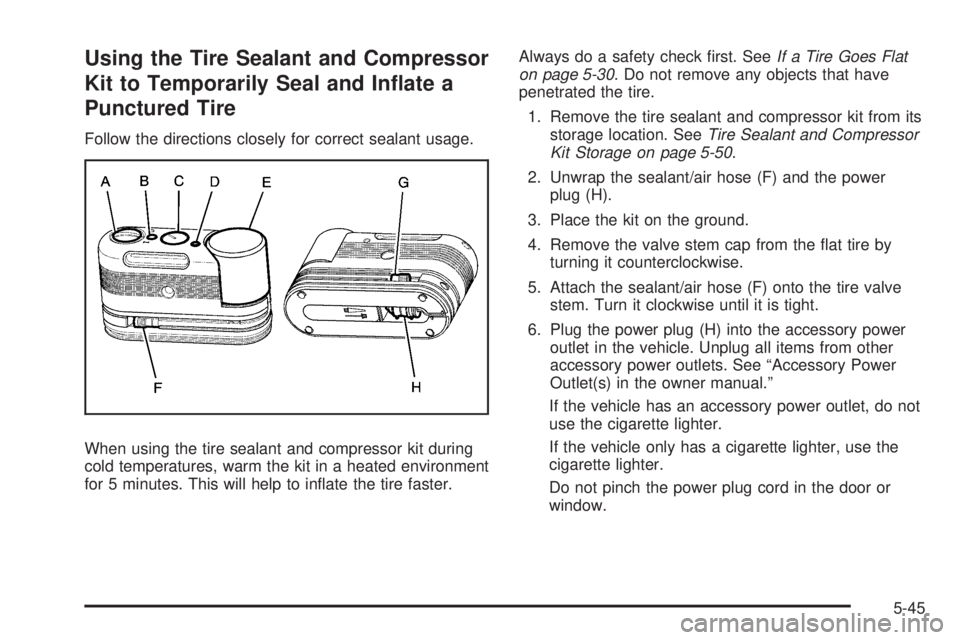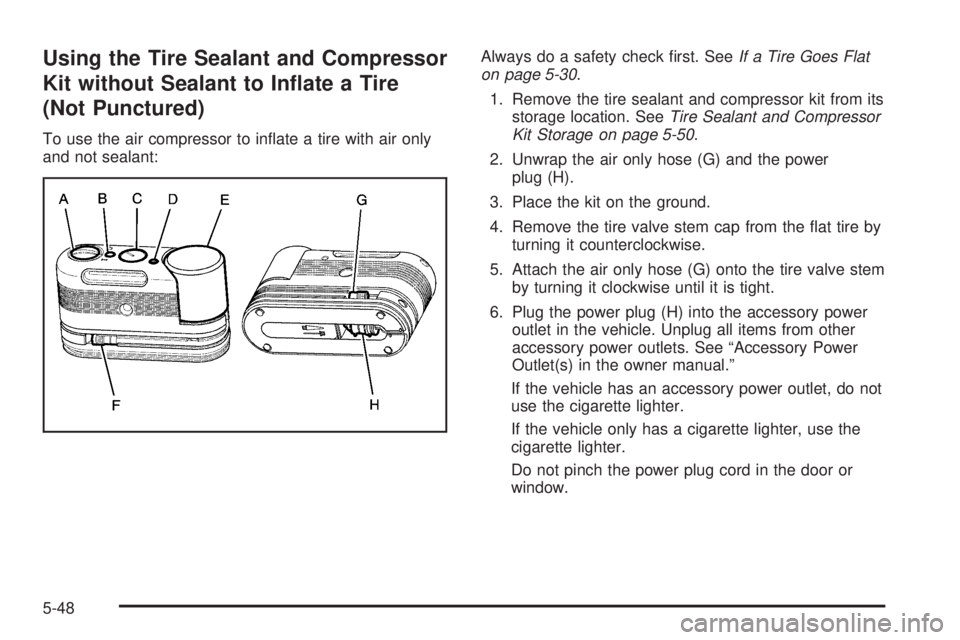Page 12 of 94

Auto Stop
The vehicle has an Auto Stop feature. After a successful
engine start, the engine may turn off and operate in the
Auto Stop mode. Some of the vehicle conditions that
allow the engine to stop running and enter the Auto Stop
mode are:
•Ignition switch is in the ON/RUN position.
•The hood is closed.
•The gear selector is in P (Park), N (Neutral) or
D (Drive).
•The hybrid battery is at an acceptable state of
charge.
•The hybrid battery voltage, temperature or power
limits are not exceeded. In very hot conditions,
Auto Stop may be unavailable until the hybrid battery
has cooled.
•The engine is at operating temperature.
If you are on an incline, the hybrid drive motor can help
keep the vehicle from rolling backwards, even if the
engine is in Auto Stop.With your foot off the brake and the vehicle on level
ground, the hybrid drive motor may cause the vehicle
to roll slowly forward, even when the engine is in
Auto Stop.
Keep your foot firmly on the brake pedal until you are
ready for the vehicle to move.
Engine OFF and AUTO STOP modes are indicated on
the tachometer display. When the tachometer needle
indicates OFF, the engine is not running and will remain
off until the ignition key is placed in the START position
or a remote vehicle start is performed. When the
tachometer needle indicates AUTO STOP, the hybrid
system is on, the engine is not running, but may
Auto Start at any time without notice. SeeTachometer
on page 3-4for more information.
A chime will sound if the driver door is opened while
in Auto Stop as a reminder that the ignition switch is
not in the LOCK/OFF position. Always turn the ignition
switch to LOCK/OFF and remove the key from the
ignition switch when exiting the vehicle.
2-4
Page 75 of 94

Always do a safety check first. SeeIf a Tire Goes Flat
on page 5-30
1. Remove the tire sealant and compressor kit from its
storage location. SeeTire Sealant and Compressor
Kit Storage on page 5-50
2. Unlock the air only hose (F) from the sealant
canister (B) by pulling up on the lever.
3. Pull the air only hose (F) from the sealant
canister (B).
4. Remove the power plug (C) from the air
compressor (A).
5. Place the kit on the ground.
Make sure the tire valve stem is positioned close to
the ground so the hose will reach it.
6. Remove the tire valve stem cap by turning it
counterclockwise.
7. Attach the air only hose (F) onto the tire valve stem
and press the lever down to secure it.
8. Plug the power plug (C) into the accessory power
outlet in the vehicle. Unplug all items from other
accessory power outlets. See “Accessory Power
Outlet(s) in the owner manual.”If the vehicle has an accessory power outlet, do not
use the cigarette lighter.
If the vehicle only has a cigarette lighter, use the
cigarette lighter.
Do not pinch the power plug cord in the door or
window.
9. Start the vehicle. The vehicle must be running
while using the air compressor.
10. Press the on/off (D) button to turn the
compressor on.
The compressor will inflate the tire with air only.
11. Inflate the tire to the recommended inflation pressure
using the pressure gage (E). The recommended
inflation pressure can be found on the Tire and
Loading Information label. SeeInflation - Tire
Pressure on page 5-24.
The pressure gage (E) may read higher than the
actual tire pressure while the compressor is on.
Turn the compressor off to get an accurate reading.
The compressor may be turned on/off until the
correct pressure is reached.
5-39
Page 81 of 94

Using the Tire Sealant and Compressor
Kit to Temporarily Seal and In�ate a
Punctured Tire
Follow the directions closely for correct sealant usage.
When using the tire sealant and compressor kit during
cold temperatures, warm the kit in a heated environment
for 5 minutes. This will help to inflate the tire faster.Always do a safety check first. SeeIf a Tire Goes Flat
on page 5-30. Do not remove any objects that have
penetrated the tire.
1. Remove the tire sealant and compressor kit from its
storage location. SeeTire Sealant and Compressor
Kit Storage on page 5-50.
2. Unwrap the sealant/air hose (F) and the power
plug (H).
3. Place the kit on the ground.
4. Remove the valve stem cap from the flat tire by
turning it counterclockwise.
5. Attach the sealant/air hose (F) onto the tire valve
stem. Turn it clockwise until it is tight.
6. Plug the power plug (H) into the accessory power
outlet in the vehicle. Unplug all items from other
accessory power outlets. See “Accessory Power
Outlet(s) in the owner manual.”
If the vehicle has an accessory power outlet, do not
use the cigarette lighter.
If the vehicle only has a cigarette lighter, use the
cigarette lighter.
Do not pinch the power plug cord in the door or
window.
5-45
Page 84 of 94

Using the Tire Sealant and Compressor
Kit without Sealant to In�ate a Tire
(Not Punctured)
To use the air compressor to inflate a tire with air only
and not sealant:Always do a safety check first. SeeIf a Tire Goes Flat
on page 5-30.
1. Remove the tire sealant and compressor kit from its
storage location. SeeTire Sealant and Compressor
Kit Storage on page 5-50.
2. Unwrap the air only hose (G) and the power
plug (H).
3. Place the kit on the ground.
4. Remove the tire valve stem cap from the flat tire by
turning it counterclockwise.
5. Attach the air only hose (G) onto the tire valve stem
by turning it clockwise until it is tight.
6. Plug the power plug (H) into the accessory power
outlet in the vehicle. Unplug all items from other
accessory power outlets. See “Accessory Power
Outlet(s) in the owner manual.”
If the vehicle has an accessory power outlet, do not
use the cigarette lighter.
If the vehicle only has a cigarette lighter, use the
cigarette lighter.
Do not pinch the power plug cord in the door or
window.
5-48